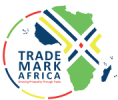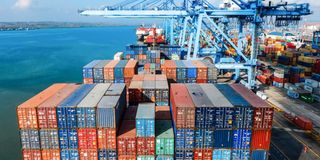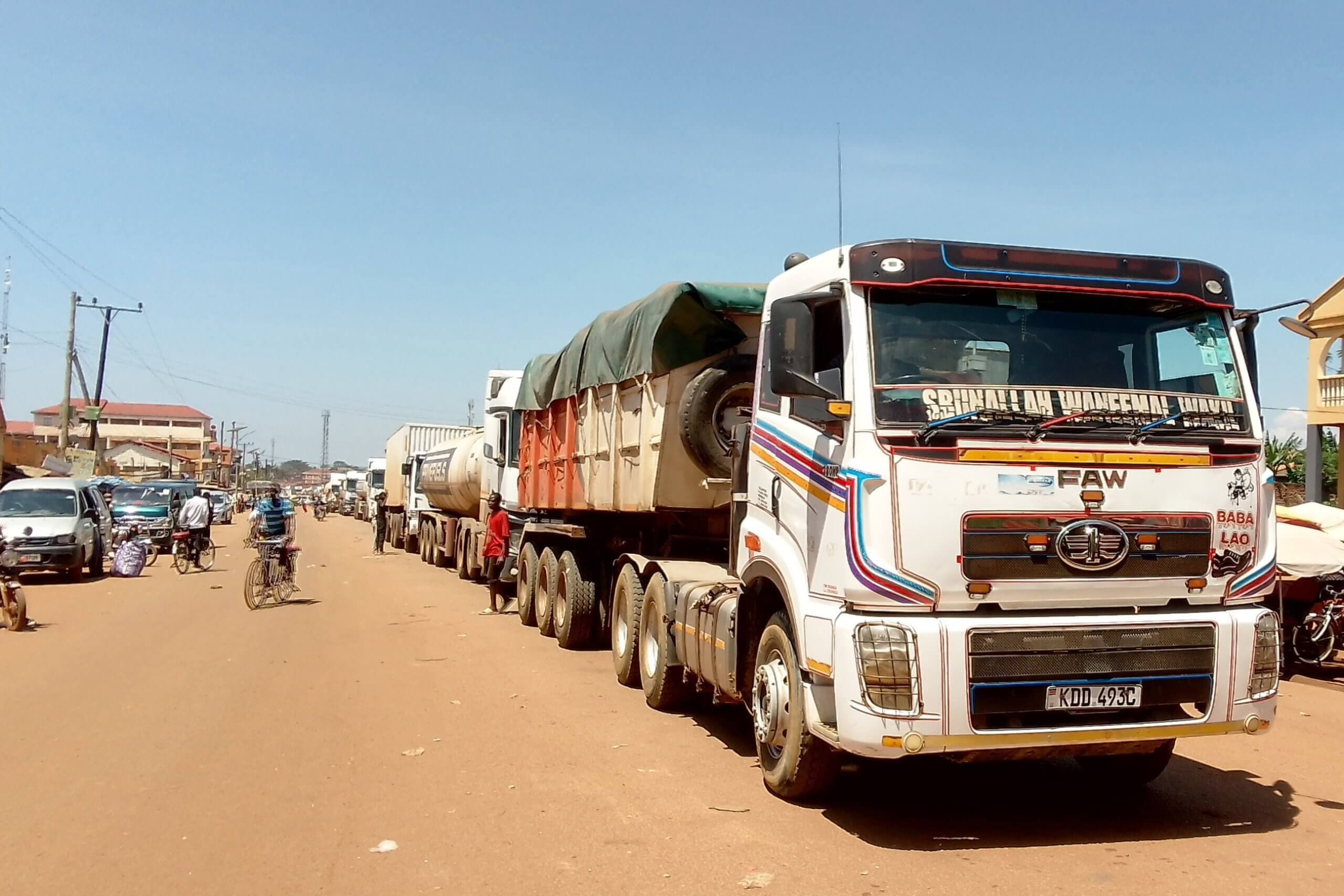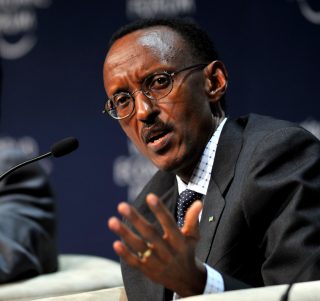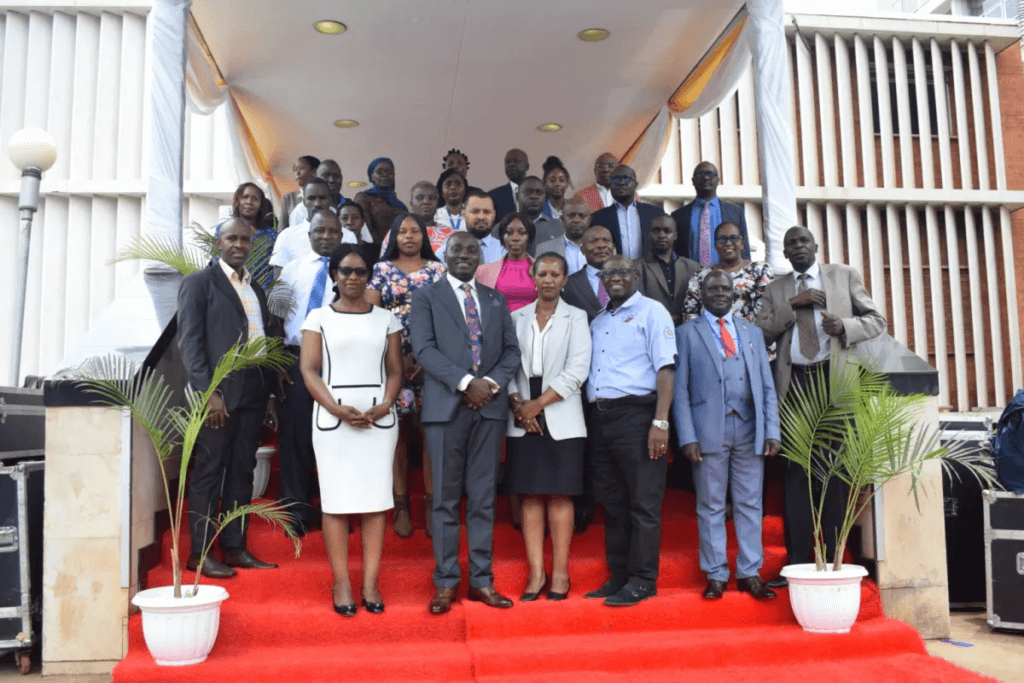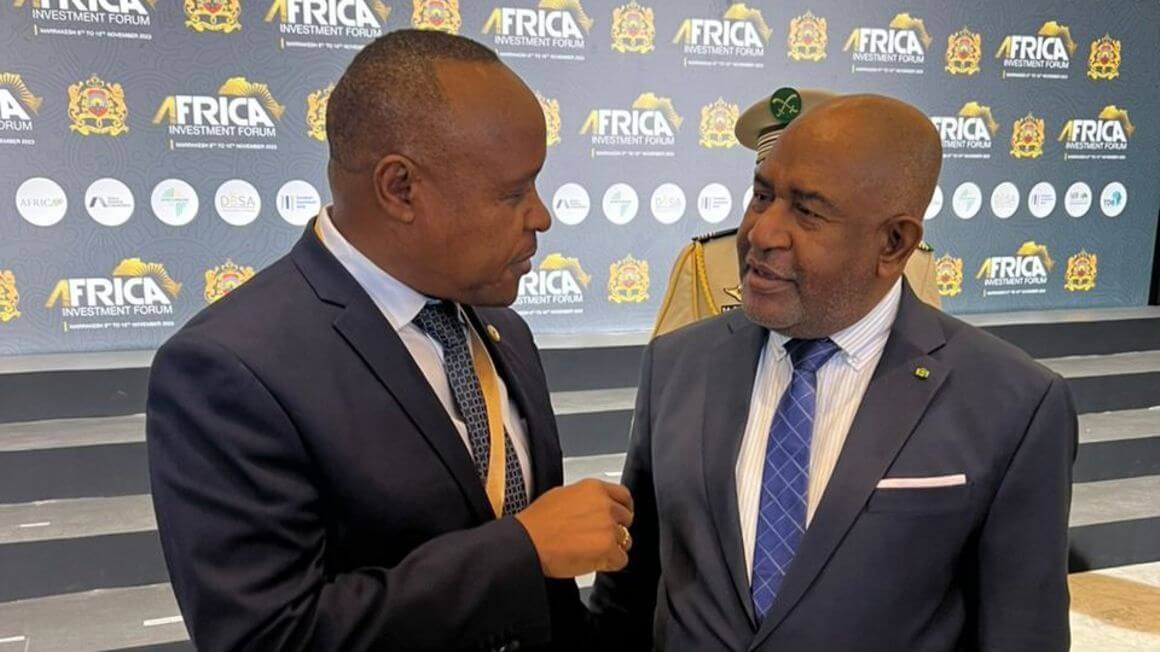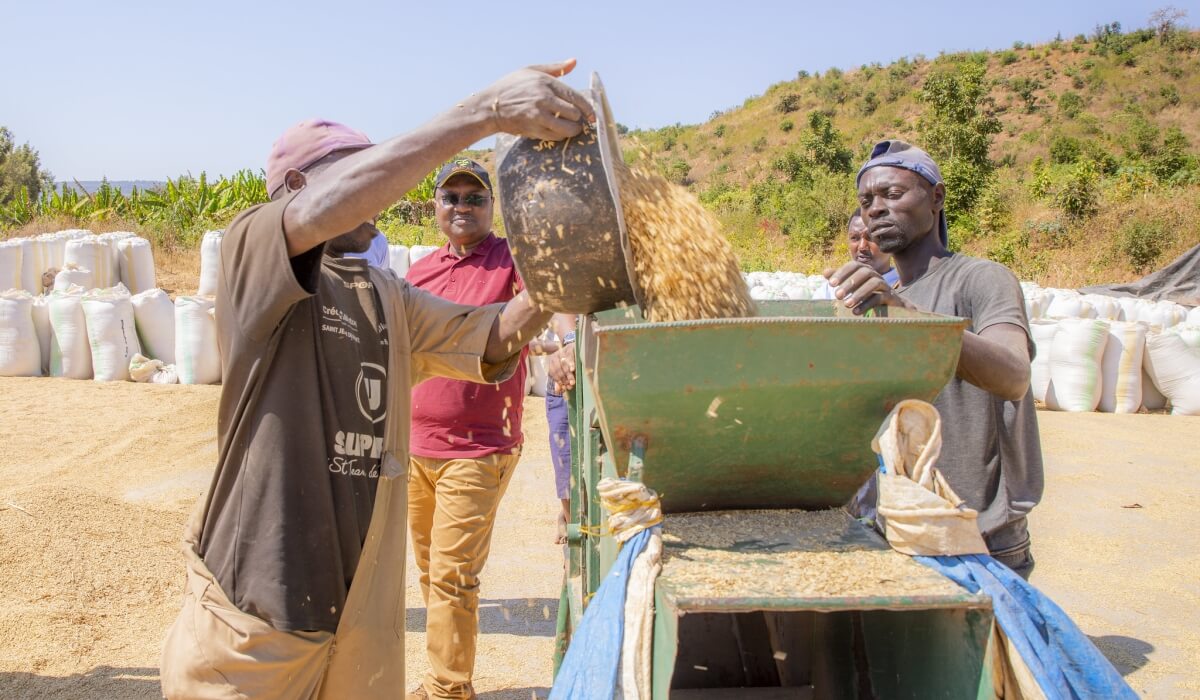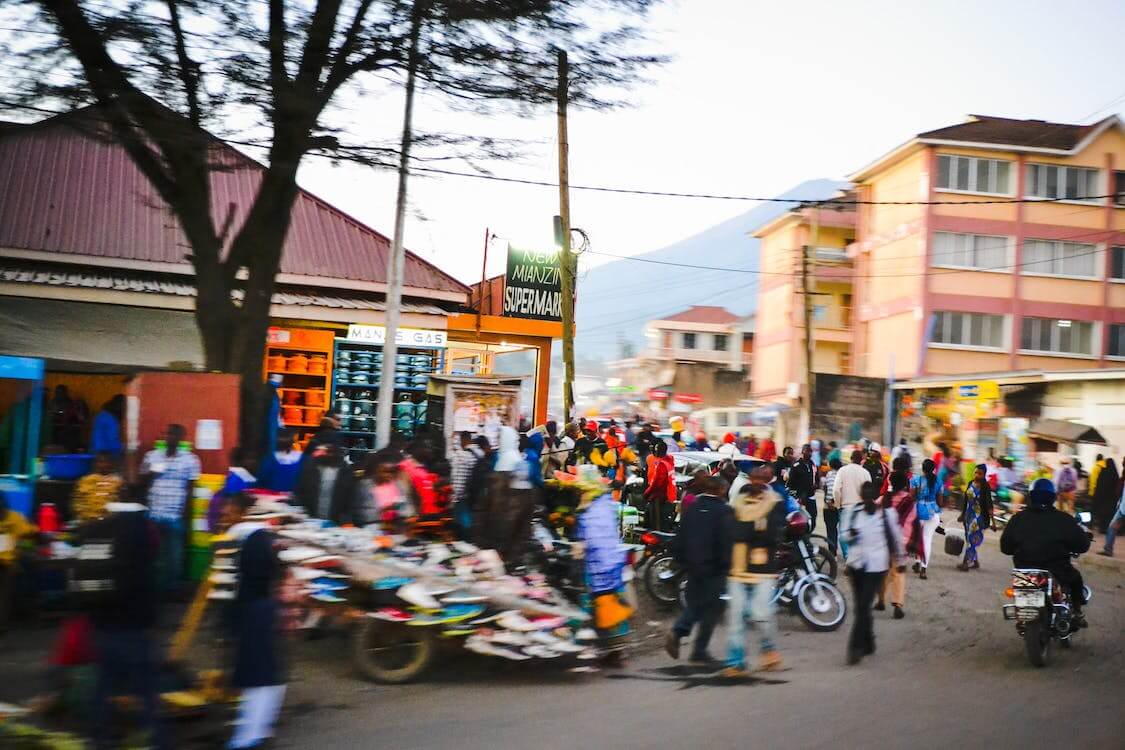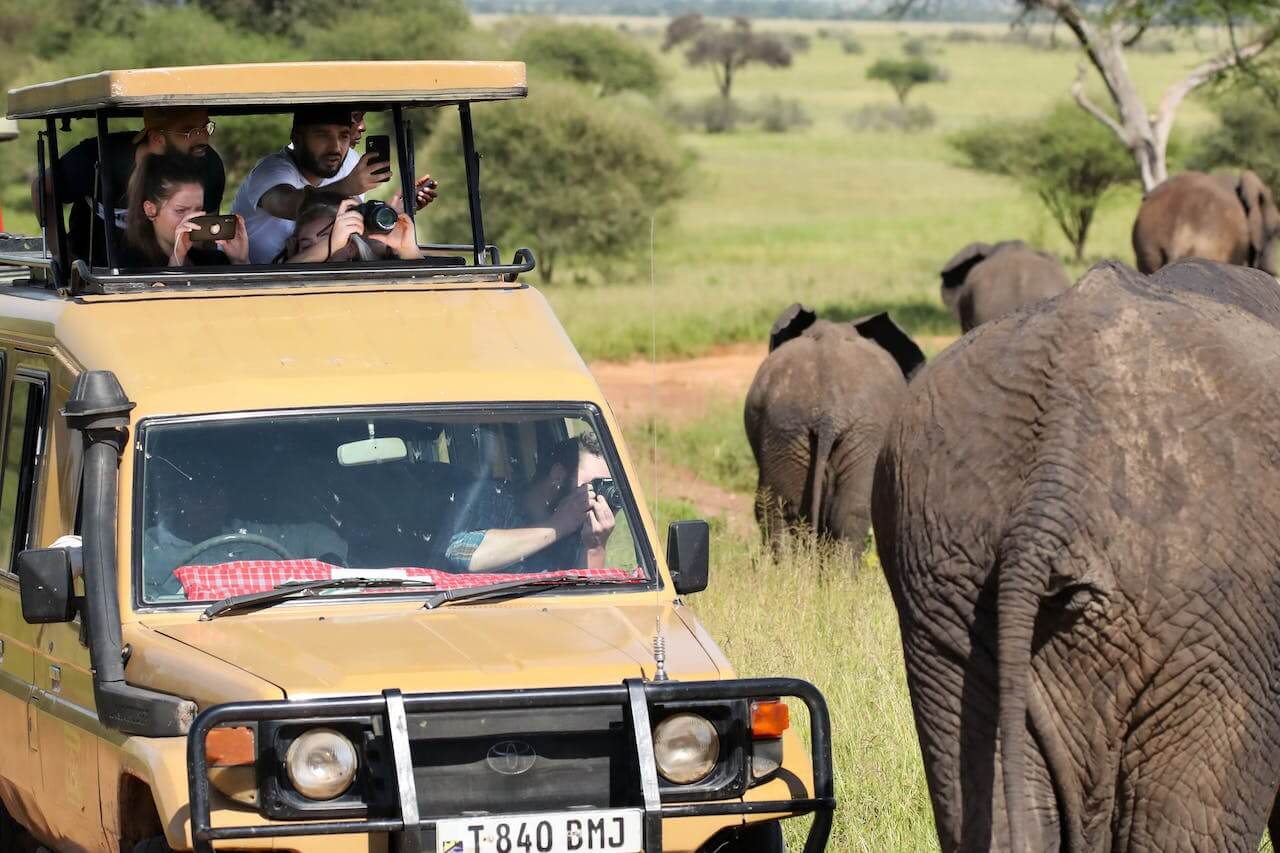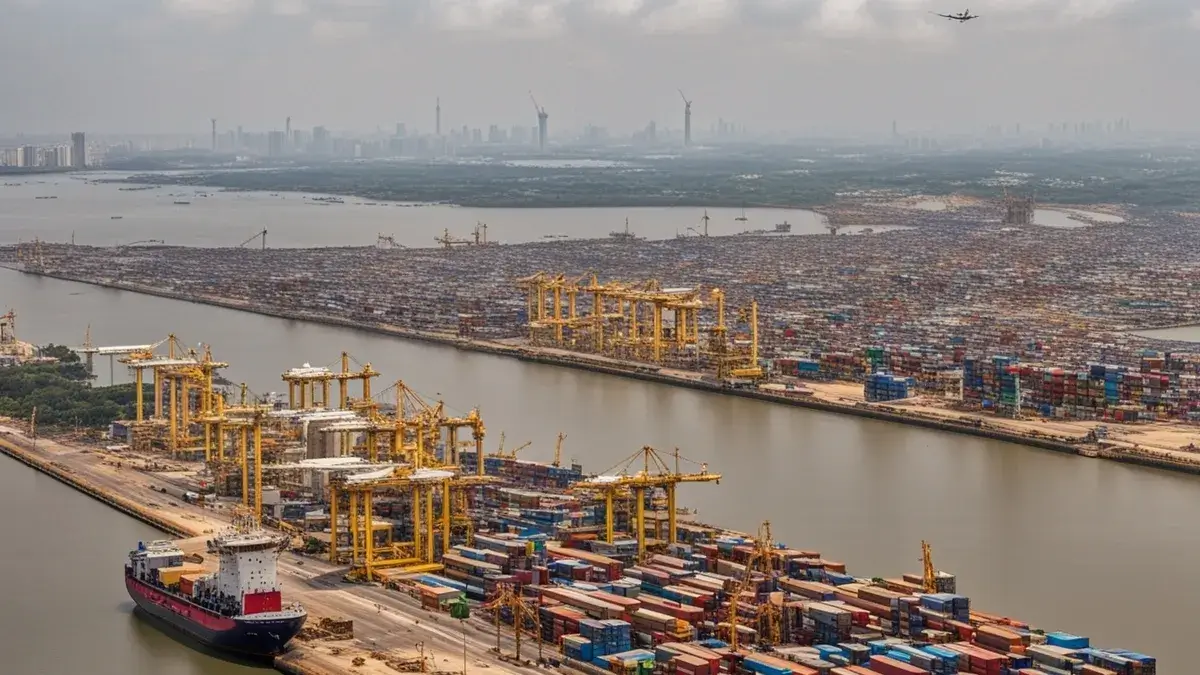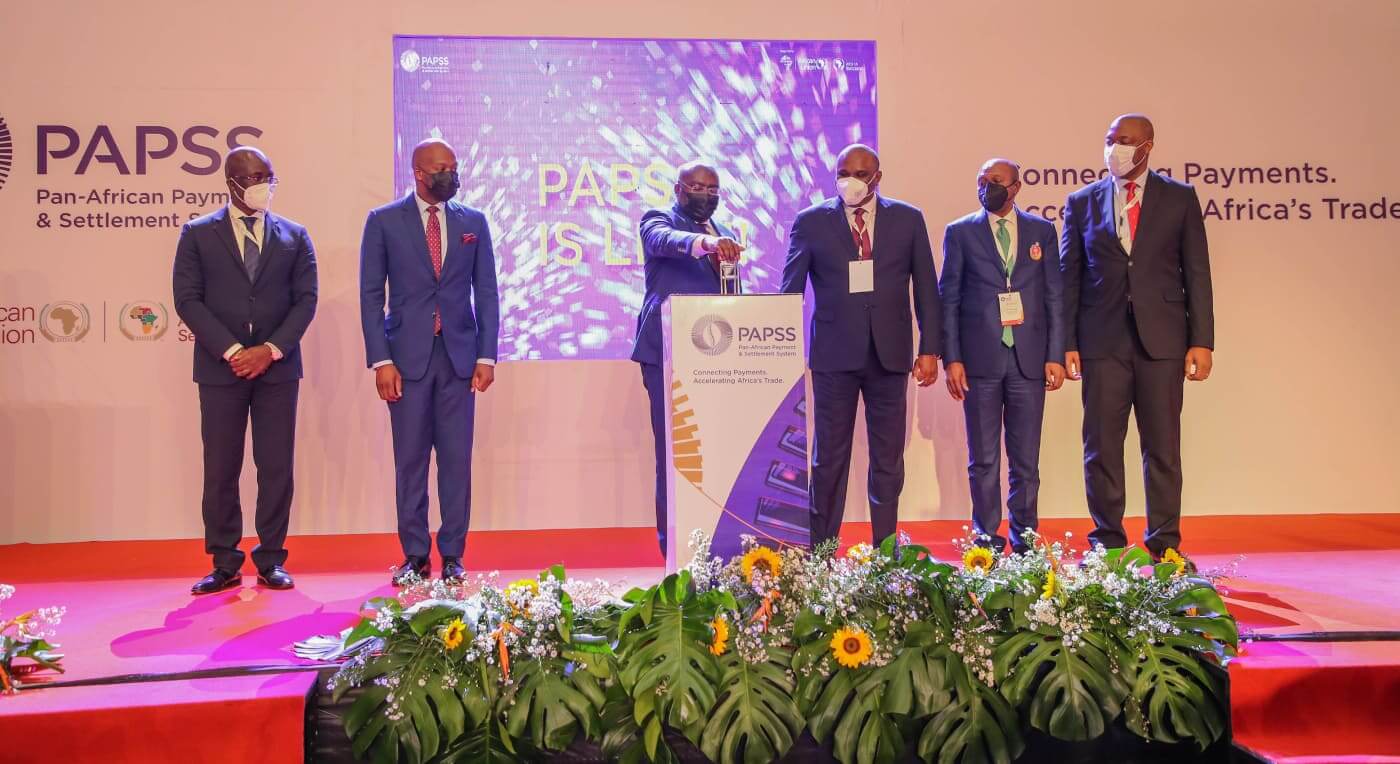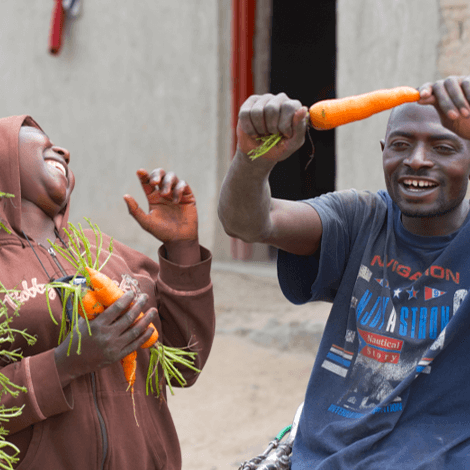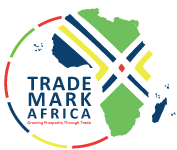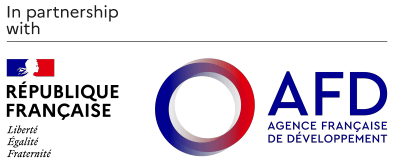What you need to know: Statistics show that total intra-EAC trade grew by approximately 11.2 percent to $10.9 billion in 2022 from $9.8 billion in the previous year. Arusha. Exports from the East African Community (EAC) bloc to the rest of Africa hit a record $8.9 billion last year having increased from $8 billion in 2021. However, the share of intra-EAC trade as part of the region’s total trade globally remained stagnant at approximately 15 percent in both 2022 and 2021. Statistics show that total intra-EAC trade grew by approximately 11.2 percent to $10.9 billion in 2022 from $9.8 billion in the previous year. This emerged as the East African Business Council (EABC) met business stakeholders in Burundi early this week to discuss how to promote regional trade. The workshop in Bujumbura was also aimed to further boost Burundi’s exports to Africa, which according to the EABC, stood at about $68.1 million last year. “The good news is that the EAC goods exports to Africa increased by about 11 percent last year,” said Mr Jean Samandari, EABC vice chairperson, Burundi Chapter. He added that Burundi exports to the EAC rose by approximately 8.4 percent from $51 million in 2021 to $55.3 million in 2022. Most exports from Burundi were destined for the Democratic Republic of Congo at about $38.7 million, followed by Tanzania at about $9.9 million. On the other hand, Burundi’s domestic export earnings from the world surged by approximately 27 percent to $195.5 million in 2022 from $154...
East Africa’s exports to rest of the continent hit $9 billion
Posted on: November 17, 2023
Posted on: November 17, 2023
